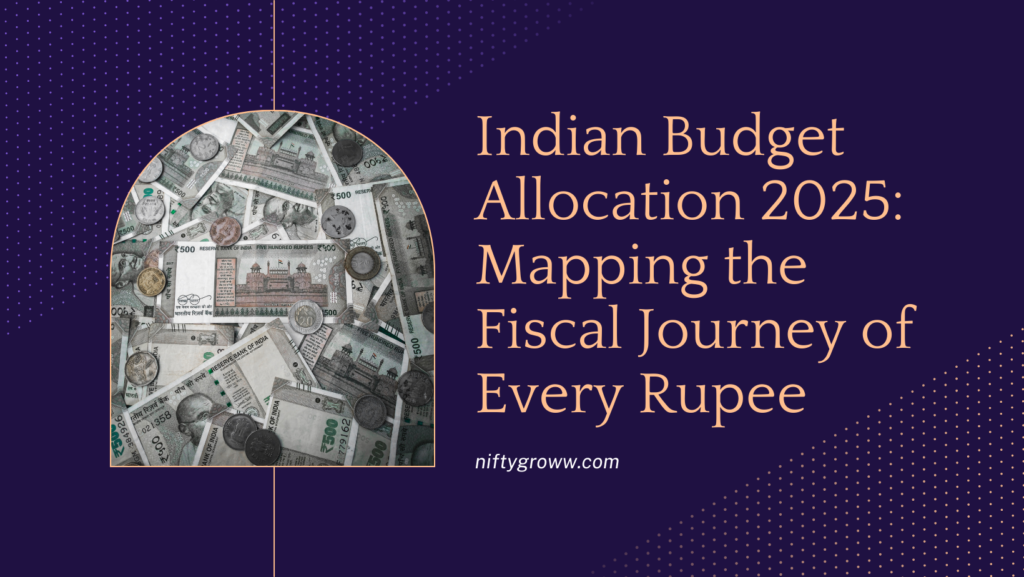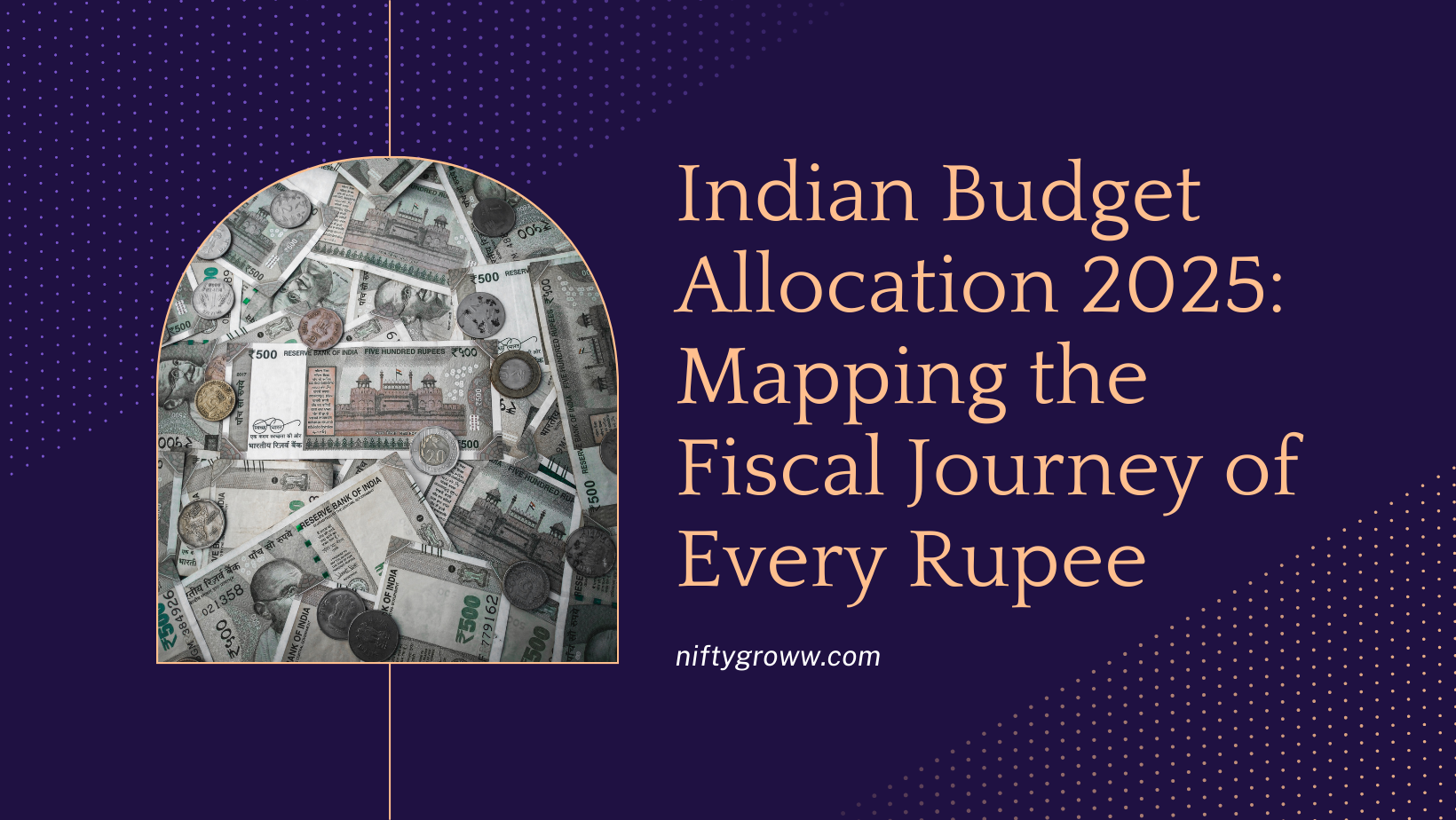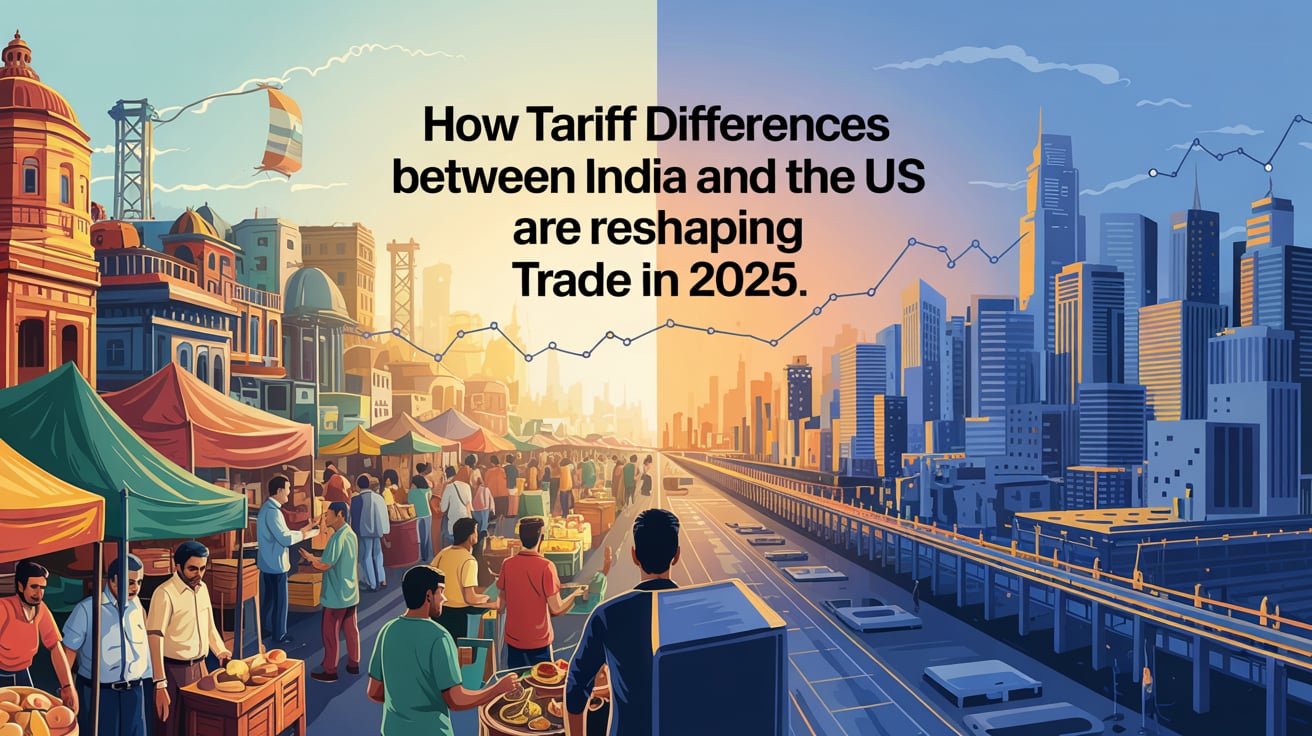The Indian budget allocation for 2025 reflects a nation balancing growth aspirations with social welfare. Whether you’re a taxpayer, policymaker, or student, understanding where the rupee originates and how it’s utilized offers a window into India’s evolving economic strategy. Let’s decode the 2025 budget’s revenue streams, spending priorities, and their implications for the future.

Where Does the Indian Rupee Come From? Revenue Sources Demystified
The government’s revenue ecosystem is multifaceted. Here’s the breakdown of the Indian budget allocation 2025 revenue streams:
1. Income Tax (22%)
Remaining the largest contributor, income tax (22%) underscores the growing formal economy. With gig workers and startups on the rise, this segment is poised for expansion.
2. Corporation Tax (17%)
Corporate contributions hold steady at 17%, reflecting post-pandemic recovery and incentives for manufacturing under schemes like Make in India 2.0 (Ministry of Finance).
3. GST and Other Taxes (18%)
GST collections hit record highs in 2025, driven by tighter compliance and digital tracking. Combined with state levies, this category accounts for 18% of revenue.
4. Borrowing and Liabilities (24%)
Borrowing remains critical at 24%, funding infrastructure projects but raising concerns about debt sustainability (Economic Survey 2025).
5. Non-Tax Receipts (9%)
Dividends from profitable PSUs (e.g., ONGC, SBI) and strategic divestments (like IDBI Bank) bolster this segment.
6. Customs and Excise Duties (9%)
Tariffs on imports (4%) and domestic excise duties (5%) protect local industries while generating revenue.
7. Non-Debt Capital Receipts (1%)
Privatization of non-core assets, including ports and highways, contributes 1% to the treasury.
Where Does the Indian Rupee Go? Prioritizing National Expenditure
The Indian budget allocation 2025 directs funds to key sectors shaping India’s growth trajectory:
1. Interest Payments (20%)
Debt servicing consumes 20%, underscoring the need for fiscal prudence to avoid crowding out development spending.
2. States’ Share of Taxes (22%)
States receive 22% for localized governance, ensuring federal balance in initiatives like healthcare and education.
3. Central Sector Schemes (16%)
Flagship programs like PM Awas Yojana (housing) and Digital India drive rural and urban development.
4. Defence (8%)
Defense spending stays at 8%, with a focus on indigenous R&D and tech-driven warfare capabilities (Ministry of Defence).
5. Subsidies (6%)
Food and fertilizer subsidies shield vulnerable populations, though reforms like direct benefit transfers aim to reduce leakage.
6. Pensions and Transfers (12%)
Pensions (4%) and Finance Commission grants (8%) support retirees and state infrastructure projects.
7. Centrally Sponsored Schemes (8%)
Employment guarantees (MNREGA) and clean energy projects dominate this category.
Key Takeaways from the 2025 Indian Budget Allocation
- Debt Dynamics: Borrowing remains high but strategic, targeting GDP-boosting infrastructure.
- Tax Modernization: Digitization drives GST compliance, broadening the tax base.
- Welfare Efficiency: Subsidies are becoming smarter, leveraging Aadhaar and AI for targeted delivery.
Conclusion: Your Role in India’s Fiscal Future
The Indian budget allocation 2025 isn’t just numbers—it’s a reflection of collective priorities. As citizens, staying informed helps us advocate for better resource allocation. For instance, pushing for green energy investments or transparency in defense spending can shape policy.
While subsidies and debt are necessary, sustainable growth demands innovation. Boosting manufacturing, privatizing loss-making PSUs, and expanding the tax net are pathways to a resilient economy.
Stay engaged, ask questions, and remember—every rupee you contribute fuels India’s progress.
Further Reading:
By unpacking the Indian budget allocation 2025, we see a nation navigating global uncertainties while investing in its people. The journey of every rupee tells a story—make sure you’re part of it!
Also Read: Mastering the 1% Traders Mindset: 7 Power Traits to Crush Fear and Dominate the Markets Click Here





